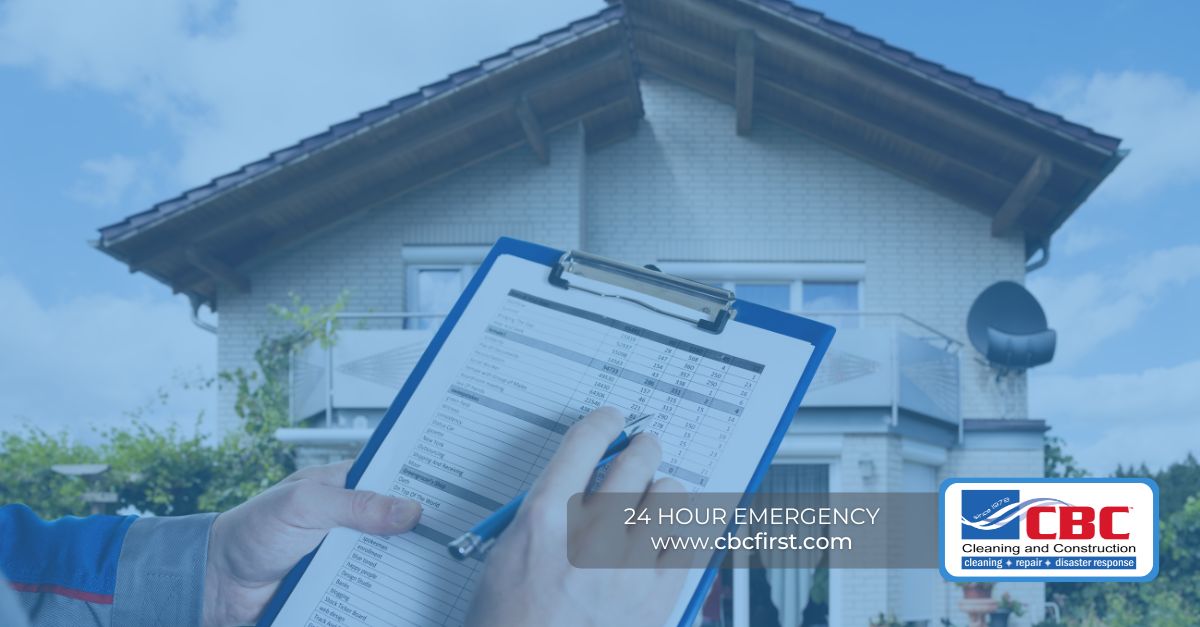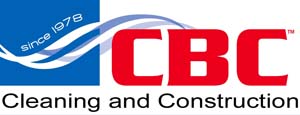When your property suffers damage, whether from a sudden flood, a slow leak, or years of wear and tear, the path to recovery isn’t always clear. You’ll likely hear contractors throw around terms like “restoration,” “remediation,” and “replacement.” While they might sound similar, they represent distinct approaches to dealing with property damage. Understanding these differences is crucial for making informed, cost-effective decisions that protect your investment. Hiring a Property Damage Restoration service can help clarify the best option.

This guide will break down what each term means, using common household scenarios to illustrate the concepts. A Property Damage Restoration service ensures repairs are handled correctly and safely. You’ll learn when a simple repair is enough, when a more intensive process is necessary, and when it’s time to start fresh. Knowing the right approach can save you time, money, and stress, ensuring your property is returned to a safe and healthy condition.
What is Restoration?
Restoration is the process of returning a damaged item or area to its original, pre-damage condition. Property Damage Restoration services focus on cleaning, repairing, and refinishing materials efficiently. The focus is on cleaning, repairing, and refinishing existing materials rather than removing and replacing them. This approach is often the first choice when the structural integrity of the material is still intact.
Think of it like refurbishing a classic piece of furniture. You wouldn’t throw out a solid wood table because of a few scratches; you’d sand, stain, and seal it to bring back its original beauty. A professional Property Damage Restoration service uses expert techniques to restore value and aesthetics. The same principle applies to your home.
Example: Tile and Grout Restoration
Over time, the grout between your bathroom tiles can become stained, discolored, and covered in mildew. The tiles themselves might look dull and lifeless.
Over time, the grout between your bathroom tiles can become stained, discolored, and covered in mildew. The tiles themselves might look dull and lifeless. Property Damage Restoration services can revitalize tiles and grout without full replacement.
- Restoration Approach: A professional restoration service, like CBC First, would use specialized cleaning agents and equipment to deep-clean the grout lines, removing dirt and mildew. They would then clean and polish the tiles to restore their shine. If the grout is cracked, it can be repaired. Finally, a new layer of sealant is applied to protect the grout from future staining and moisture.
- Result: The tile and grout look brand new without the cost and mess of a full demolition.
When is restoration a good option?
- The damage is primarily cosmetic (e.g., stains, discoloration, light scratches).
- The underlying material is still structurally sound.
- There are no signs of widespread contamination, like deep-seated mold.
- The cost of restoration is significantly lower than replacement.
What is Remediation?
Remediation is a more intensive process that goes beyond simple cleaning. It involves not only cleaning up contamination but also addressing the source of the problem to prevent it from recurring. Remediation is essential when dealing with hazardous materials like mold, asbestos, or lead.
The primary goal of remediation is to create a safe and healthy environment. This means containing the affected area, removing the contaminant, and taking steps to eliminate the conditions that allowed it to grow in the first place.
Example: Mold Removal vs. Mold Remediation
Imagine you find a patch of mold on the drywall behind a leaky pipe.
- Simple Mold Removal (Not Recommended): You might be tempted to just spray the visible mold with bleach and wipe it away. While this removes the surface mold, it doesn’t address the spores that have likely penetrated the drywall or the underlying moisture issue that caused it. The mold will almost certainly return.
- Professional Mold Remediation: A certified remediation specialist will first contain the area to prevent spores from spreading. They will then remove all affected materials, like the contaminated drywall and insulation. Next, they address the source of the moisture—in this case, fixing the leaky pipe. Finally, the area is treated with antimicrobial agents and thoroughly dried before new materials are installed.
- Result: The mold is completely gone, and the conditions that allowed it to thrive have been eliminated.
When is remediation necessary?
- When hazardous materials like mold, lead, or asbestos are present.
- After water damage from contaminated sources (e.g., sewage backup, floodwaters).
- When there is a persistent problem, like recurring mold growth, that indicates a deeper issue.
What is Full Replacement?
Full replacement, sometimes called reconstruction, is the most comprehensive approach. It involves tearing out damaged materials entirely and installing new ones. This is the go-to solution when materials are damaged beyond repair or when remediation is not cost-effective.
While it’s often the most expensive option upfront, replacement can be the smartest long-term investment if the original materials are failing, outdated, or extensively damaged.
Example: Replacing Damaged Hardwood Floors
Consider a home where a water heater leaked for weeks, causing hardwood floors to warp, buckle, and grow mold underneath.
- Replacement Approach: In this scenario, restoration is not feasible. The wood is structurally compromised and contaminated with mold. The only solution is to remove the entire affected section of the hardwood floor, along with the subfloor if it’s also damaged. After the area is thoroughly dried and treated (a remediation step), a new floor is installed.
- Result: A brand new, safe, and stable floor. Attempting to restore the original floor would have been a waste of money and would have left a hidden mold problem.
When is replacement the best choice?
- When materials are structurally compromised (e.g., rotted wood, warped flooring, crumbling drywall).
- The damage is so extensive that the cost of restoration or remediation would be close to or exceed the cost of replacement.
- The materials are outdated, and the homeowner wants to use the opportunity to upgrade.
- Contamination is so widespread that it’s impossible to fully remediate without removing all materials.
Making the Right Choice for Your Property
So, how do you decide which path to take? It often comes down to a cost-benefit analysis and a professional assessment.
- Assess the Damage: The first step is to have a professional inspect the extent of the damage. For issues like water or mold, this is non-negotiable. An expert can determine if the damage is superficial or structural and if any hazardous materials are present.
- Compare the Costs: Get quotes for all viable options. Sometimes, restoration might seem cheaper initially, but if the problem is likely to return, replacement could be more cost-effective in the long run. For example, continually cleaning a carpet that is repeatedly soiled might cost more over time than simply replacing it.
- Consider Long-Term Value: Think about the future. Will a restored floor last another 15 years, or will you need to replace it in five? Is this an opportunity to upgrade from builder-grade carpet to a more durable tile? A professional can help you weigh these decisions.
Ultimately, the goal is to restore your property to a safe, functional, and aesthetically pleasing state. Whether that involves a deep clean, a targeted remediation, or a full-scale replacement depends entirely on the unique circumstances of the damage.
Need a Professional Opinion?
Navigating property damage can be overwhelming. If you’re dealing with issues like damaged carpets, stained upholstery, or dull stone surfaces, understanding your options is the first step toward a solution.
At CBC First, we specialize in providing the highest quality carpet, upholstery, and stone restoration services. We can help you assess the damage and determine if professional restoration is the right choice for your property. Our team serves the Santa Clarita Valley, San Fernando Valley, and surrounding areas with expert care and honest advice.
Contact us today for a consultation, and let us help you bring your home back to its best.
